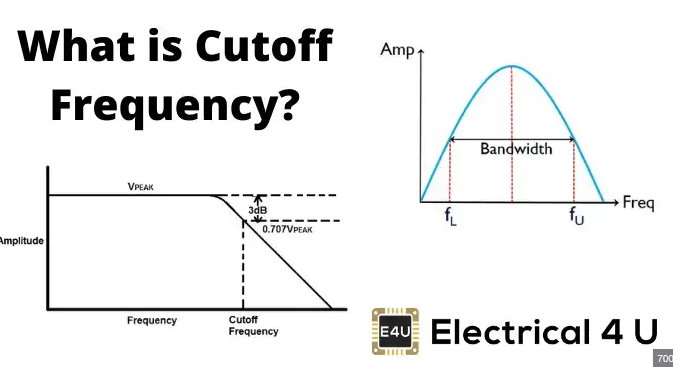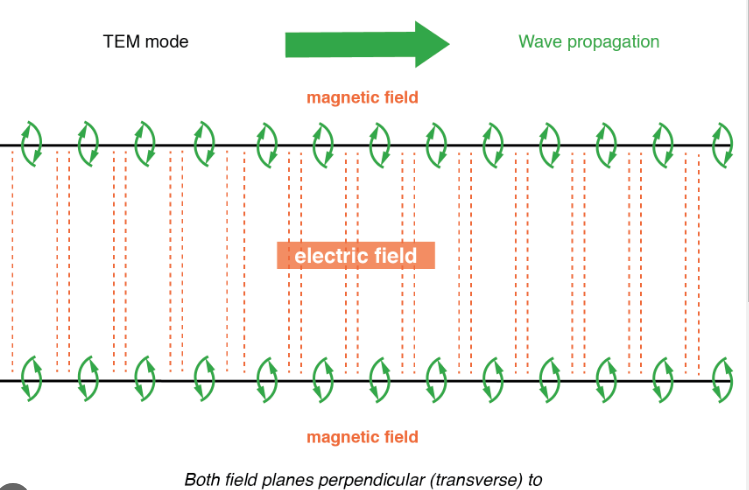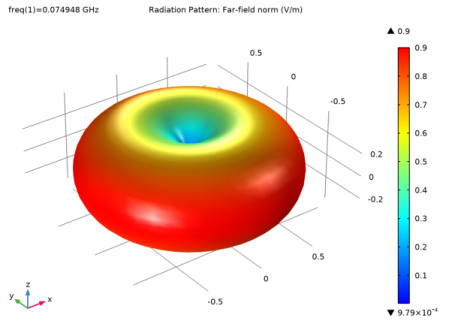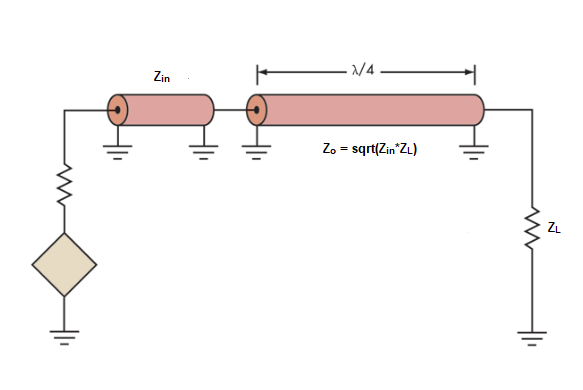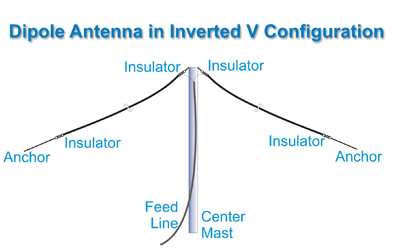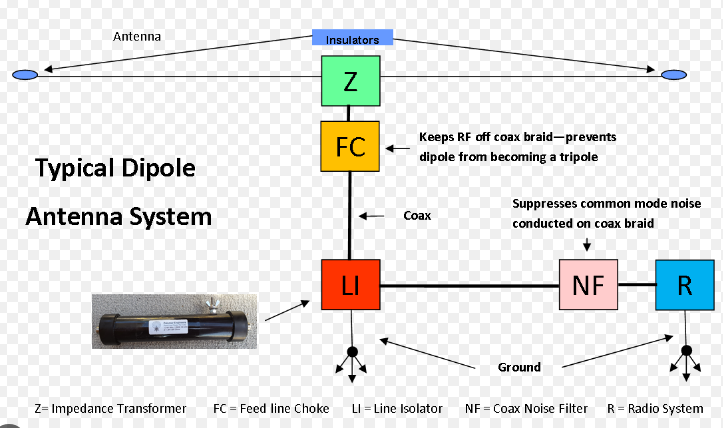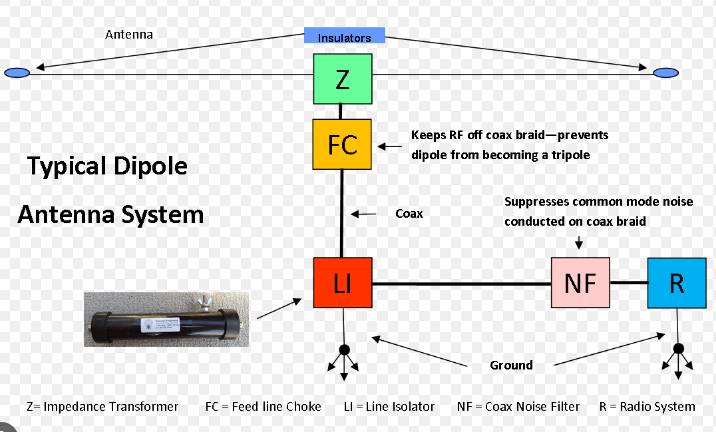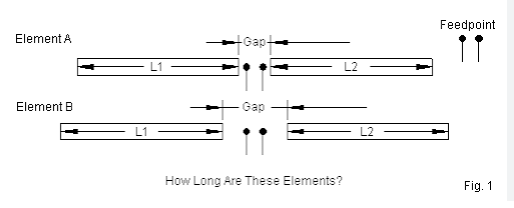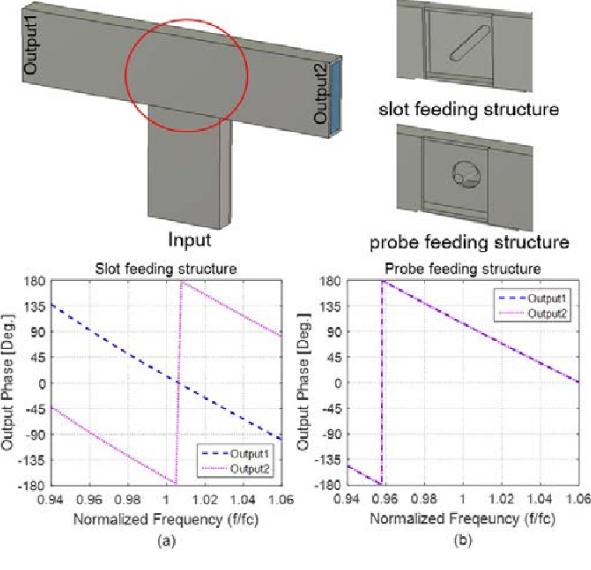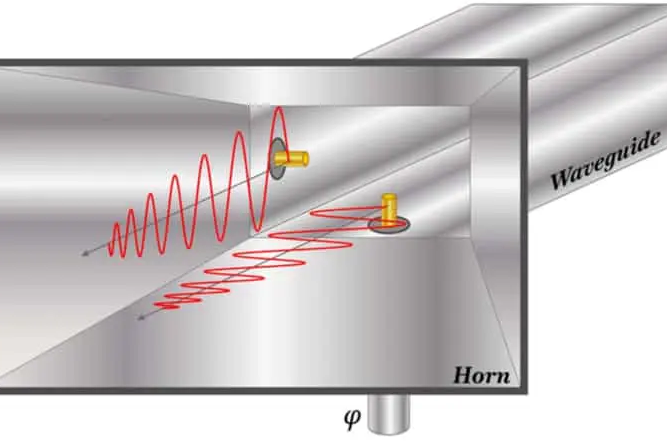What is the cut-off frequency of a transmission line
The cutoff frequency is the lowest frequency that the transmission line supports electromagnetic wave propagation. The cutoff frequency of the main mode TE₁₀ of a rectangular waveguide (such as WR-90, with a wide side of 22.86mm) is 6.56GHz (formula: f_c=c/(2a)). The cutoff frequency of a coaxial cable is determined by its structure (e.g., about 34GHz […]
What is the cut-off frequency of a transmission line Read More »

